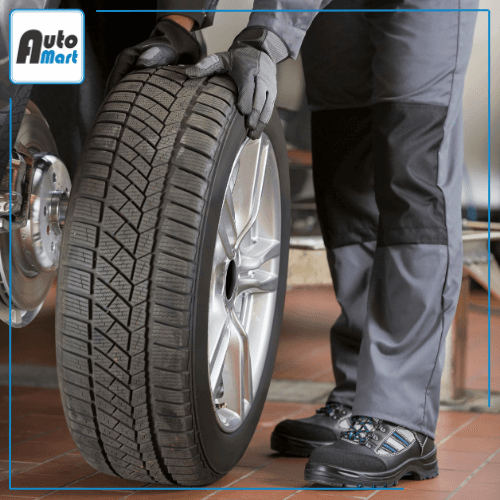As car design evolves with technological advancement, there's a growing appreciation for the importance of aesthetic elements in automotive engineering. However, the role of exterior design in fuel efficiency is a key aspect often overlooked by the casual observer. The exterior design is not just about making the car look stylish or modern. It significantly impacts the performance, particularly the fuel efficiency, of a vehicle. With all of this in mind, let’s take a look at the role of exterior design in fuel efficiency. Looking for a new car? Find a wide variety of vehicles for sale on Auto Mart right now!
 Photo credit: Jay Skyler on Unsplash
Photo credit: Jay Skyler on Unsplash
1. Aerodynamics
First, what exactly is aerodynamics? It’s the study of how air moves around and interacts with moving objects, such as cars or aeroplanes. In automotive design, it pertains to how the shape and design of a vehicle influences its ability to move smoothly through the air, affecting factors such as fuel efficiency, noise levels, and stability.
The first and most critical role of exterior design in fuel efficiency is in the realm of aerodynamics. A car's shape determines how smoothly it can slice through the air, thereby reducing drag.
When a car moves, it pushes against air molecules, creating resistance known as drag. The higher the drag, the harder the engine has to work, which leads to increased fuel consumption. Car designers spend countless hours in wind tunnels, testing and tweaking designs to find the perfect balance between style and aerodynamics. By utilising shapes that reduce air resistance, car designers can significantly enhance the fuel efficiency of a vehicle.
2. Weight Reduction
Another important aspect of exterior design is weight reduction. Lighter cars require less energy to move, thus improving fuel efficiency.
The choice of materials for the exterior of a vehicle plays a critical role here. For instance, using lighter, high-strength materials like aluminium or carbon fibre instead of traditional steel can substantially reduce a car's weight. This reduction translates to less work for the engine, fewer emissions, and more miles per gallon, giving exterior design a key role in making cars more fuel-efficient.
3. Tire Design
While often considered a separate entity, tire design also plays a significant role in the exterior design of a vehicle.
Low-rolling resistance tires are designed to reduce the energy loss as a tire rolls, thereby improving fuel efficiency. The design of the tires also influences the aerodynamic drag of the vehicle. More streamlined wheel arches and covers can further reduce this drag, contributing to overall fuel efficiency.
4. Exterior Add-Ons
Exterior add-ons such as spoilers, roof racks, and even mirrors play a notable role in a car's fuel efficiency as well.
These additional components can alter the car's aerodynamic profile, potentially increasing drag and then fuel consumption. Designers need to carefully consider these add-ons in the overall exterior design of the vehicle. Some solutions to this problem include retractable features or aerodynamically optimised designs that can minimise their impact on the vehicle's fuel efficiency.
 Photo credit: Matthew Brodeur on Unsplash
Photo credit: Matthew Brodeur on Unsplash
The role of exterior design in fuel efficiency is multifaceted and critical. From the car's overall shape to its smallest add-ons, every design decision impacts the vehicle's performance and, in turn, its fuel consumption. As we move towards a future where sustainable and efficient transport becomes more vital, appreciating and understanding this role will only become more increasingly necessary. If you’re in the market for a more fuel-efficient car, find a wide variety of vehicles for sale on Auto Mart right now!





